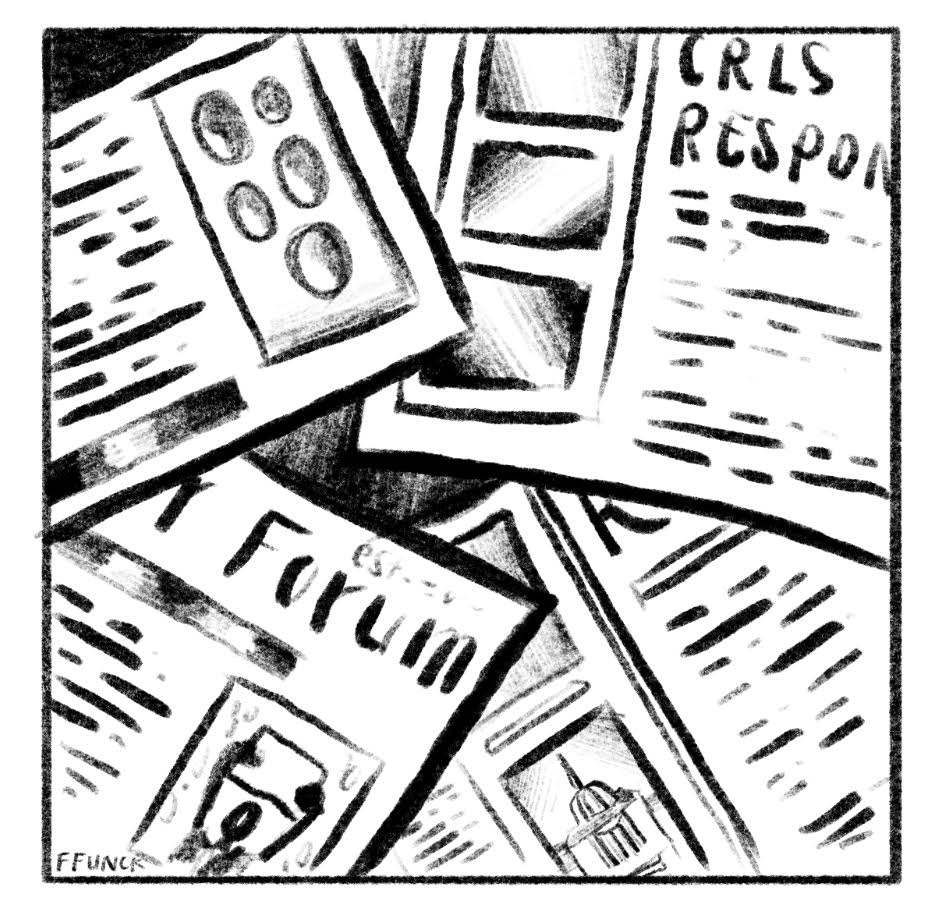
“Did you hear that this candidate was beating that candidate by 0.4% in that state on Tuesday?” “According to this website I saw, this candidate is predicted to win this race by 72 votes, if that candidate loses that race by 23 votes.” These represent just some of the countless thoughts and conversations created by the thousands of polls and predictions fed to the public by various news sources. Despite a recent emphasis on polling as a way to predict national race results, it’s not always clear how much benefit reading these arbitrary predictions and claims actually have.
Polling, the act of recording votes or opinions by news stations and census reports, got excessive amounts of media attention in the weeks leading up to the 2024 presidential election. This is partly due to the significance of the election, as well as the anticipated closeness of the candidates’ respective leads. However, the widespread use of polls hardly reflects their perfection.
Like any public survey, polls have their flaws. Famously known for underestimating the Republican majority in the 2016 election, and accurately predicting President Biden’s victory in 2020, polls’ inaccuracy and inconsistency can be attributed to many factors. According to the Pew Research Center, nearly 20% of adults say that they don’t participate in census collection which skews the results of political polls. Additionally, many voters in swing states are undecided, and don’t choose who to support until election day. Misrepresented data samples, unreliable data gathering measures, and human errors are reasons for polling flaws.
In the 2024 presidential election, most polls predicted a tight race between Vice- President Kamala Harris and former President Donald Trump. However, many polls were inaccurate in showing that many battleground states had Democratic leads prior to election day. This is another example of how the polls cannot always be trusted, and multiple information sources are crucial to understanding the elections.
Despite much inconsistency and inaccuracy, polling can have some benefit—when done well. Regardless of the specificity of the numerical data, polls can be helpful to simply gauge the standings of citizens. Polling is also helpful regarding broader issues, such as immigration, abortion, and economic policy. Though these polls are less discussed, they help provide insight into the general public’s opinion. Sometimes the polls are actually close to accurate: despite presenting misleading and disproportionate standings, polls accurately predicted Biden’s lead over Trump in 2020.
All of the aforementioned uncertainty poses an important question: is it worth spending time and energy interpreting this data, or is it better to just wait until the election, to see how everything plays out? Though it creates drama and provides discussion-prompting news, election polls hardly have any effect on the actual outcomes; thus, believing them—or not—doesn’t and shouldn’t matter.
Polling, if done right, can provide extremely beneficial data. Before we entirely rely on and trust political polls, we must ensure that the data is coming from a reliable source and that it aligns with general trends and factual statistics. Whether you choose to invest time into reading the polls is entirely up to you, but surely don’t rely solely on them.



















